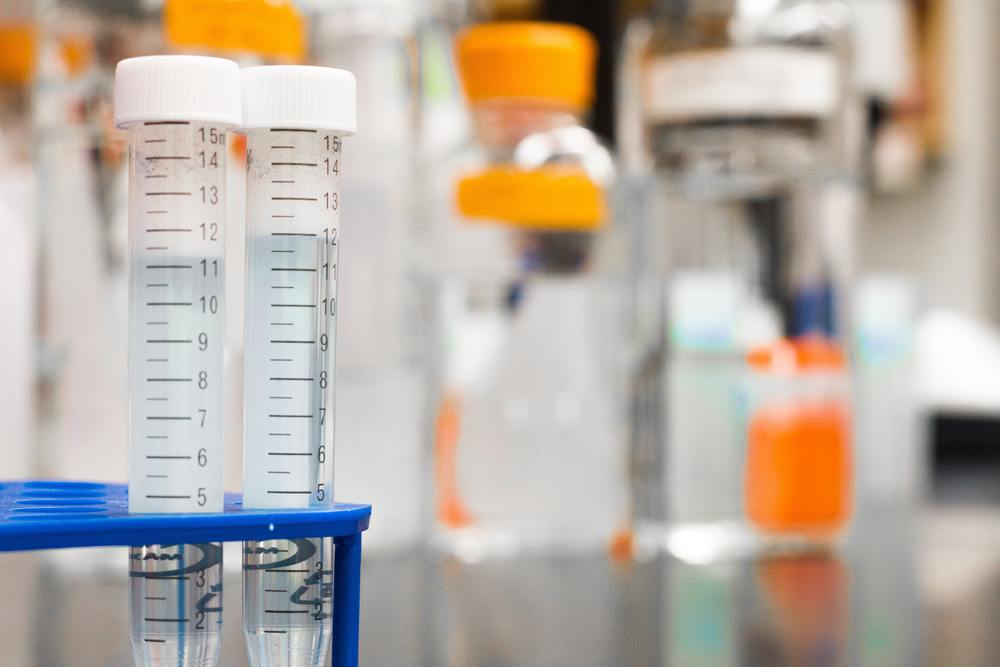ICP-MS and ICP-AES/ICP-OES techniques
ICP-MS and ICP-AES/ICP-OES are analytical techniques used in analytical chemistry for the quantitative determination of elements in samples.
ICP-MS stands for "inductively coupled plasma mass spectrometry". This technique involves vaporising the sample in a high-temperature plasma, followed by ionisation of the atoms to form ions. The ions formed are then separated and quantified using mass spectrometry. ICP-MS is extremely sensitive and can detect concentrations of less than one part per trillion for most elements. It is commonly used for the analysis of heavy metals and isotopes.
ICP-AES/ICP-OES stands for "inductively coupled plasma atomic or optical emission spectrometry". This technique also involves vaporising the sample in a high-temperature plasma, but the ions formed are then excited to produce a light emission. The elements present in the sample are then identified and quantified on the basis of the characteristics of the light emitted. ICP-AES and ICP-OES are also very sensitive and can detect very low concentrations. They are commonly used to analyse metals and trace elements.
